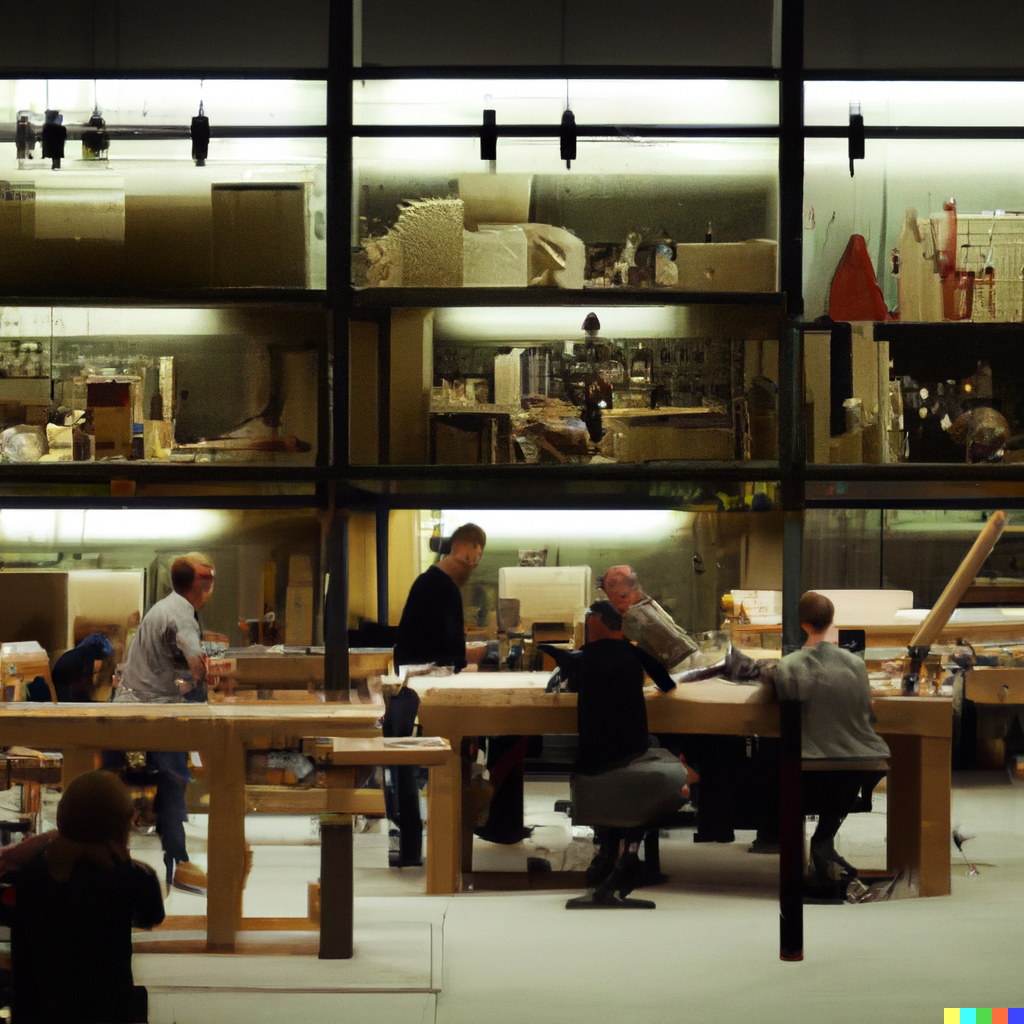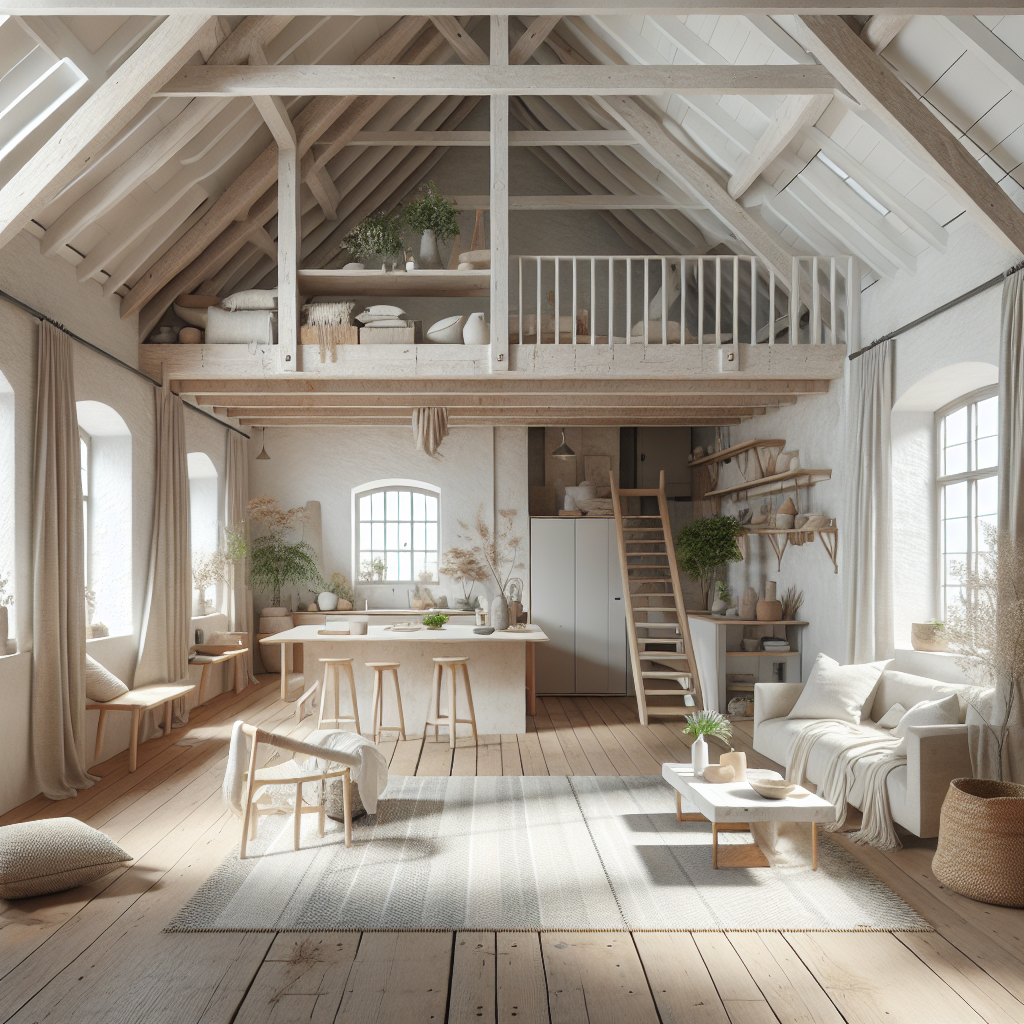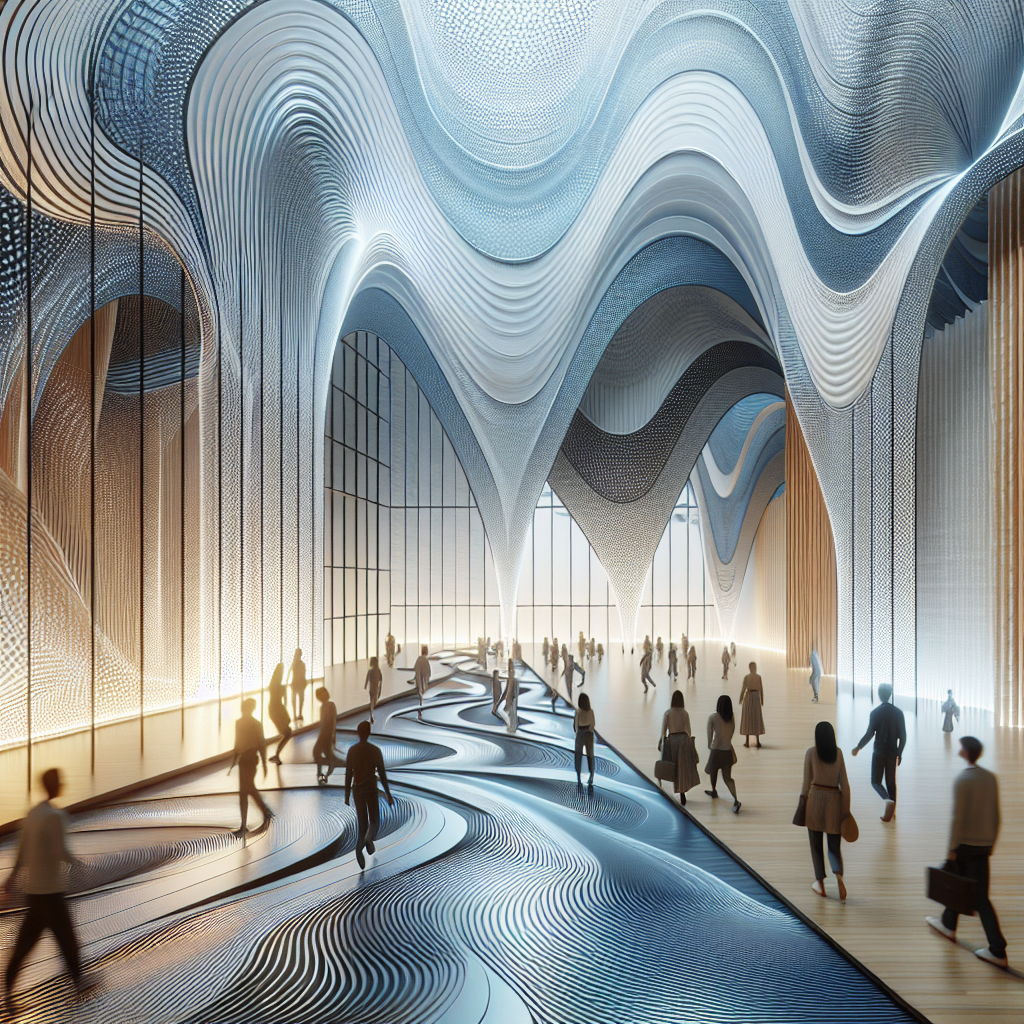The Evolution of Artistry: Digital Fabrication Reinventing Furniture Design Craftsmanship

There’s a certain romanticism attached to the age-old skill of furniture craftsmanship. The image of a master craftsman laboring meticulously over a wooden piece, transforming raw materials into functional art with careful, deliberate strokes, is a timeless representation of human artistry. Yet, in the digital age, this traditional practice is evolving, accelerated by the innovations in digital fabrication. This new direction is no less a form of craftsmanship, but a future-facing one that challenges our perception of design and manufacture.
The Rise of Digital Fabrication
Digital fabrication, an emerging realm within design and architecture, leverages computer-aided design (CAD) and additive manufacturing technologies. It transforms the conventional craft of furniture design into a digitized process, opening the doors to unlimited design possibilities while retaining the essential spirit of craftsmanship.
Unlocking Design Possibilities with 3D Printing
This evolution is marked by the integration of 3D printing technologies, a prominent form of digital fabrication. 3D printing breathes life into intricate, imaginative designs that would have previously been deemed unfeasible. The process transforms digital models into physical objects, layer by layer, offering unprecedented precision and detail. This precision is instrumental in creating bespoke furniture pieces that exude a unique blend of artistry and engineering.
Parametric Design: A Paradigm Shift
Moreover, the concept of parametric design has a symbiotic relationship with digital fabrication. It allows designers to manipulate and alter designs based on a set of predetermined parameters within a software algorithm. In furniture design, it leads to the creation of avant-garde pieces that challenge the norms of aesthetics and functionality, all the while retaining the essence of original craftsmanship.
Sustainability and Digital Fabrication
Digital fabrication also redefines sustainability in furniture design. In a world increasingly conscious of our environmental footprint, this new approach to manufacturing enables better utilization of resources. 3D printing, for instance, minimizes waste by using only the necessary amount of material. Such an eco-friendly method offers a forward-thinking reinterpretation of the craftsman’s respect for materials and resources.
The Persistence of Craftsmanship
Yet, despite the paradigm shift brought about by digital fabrication, the quintessential elements of craftsmanship remain untouched. The balance of aesthetics, functionality, and quality remains as relevant as ever. The mastery, however, now lies in the hands of digitally adept designers who translate their artistry into the language of bits and bytes, bringing their visions to life with computer precision.
Case Study: Joris Laarman’s Innovative Designs
A shining example of this blend of old-world charm and new-age technology is the award-winning work of Dutch designer, Joris Laarman. His innovative digitally-fabricated furniture pieces are a testament to how technology can amplify human creativity. Laarman’s designs, from algorithmically evolved chairs to cellular structured tables, offer a glimpse into the limitless potential of this field.
The Future of Furniture Design
One can’t help but marvel at the seemingly paradoxical marriage of tradition and innovation encapsulated in digital fabrication. It’s not about replacing the carpenter with a computer, but rather about empowering the designer with digital tools to push the boundaries of creativity.
Undoubtedly, the traditional image of a craftsman meticulously chiseling away at a wooden block is being reimagined. Yet, the essence of the craft, the passion for creating something beautiful and functional from raw materials, remains intact. In digital fabrication, the raw materials are bits and bytes, the tools are software programs and 3D printers, and the craftsman is the designer who navigates this exciting new landscape.
Conclusion
Looking ahead, the journey of digital fabrication in furniture design is just beginning. As advancements continue to unfold, they will redefine the parameters of creativity, foster sustainability, and reinvent our understanding of craftsmanship. The future of furniture design is a beautifully crafted blend of technology and tradition, and digital fabrication is leading the way.





